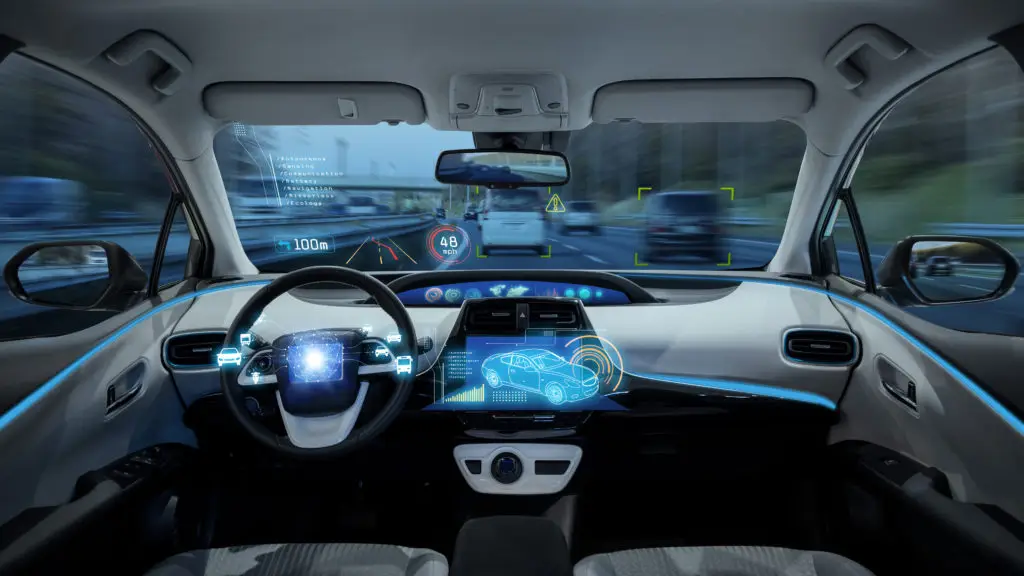The topic of autonomous driving has enjoyed a great deal of media attention since the appearance of Tesla at the latest. But this controversial topic raises some questions. In this blog entry, I would like to clarify some questions and explain the technical aspects to you.
What is autonomous driving?
In contrast to assisted or automated driving, the driver is no longer needed for autonomous driving. The monitoring of the vehicle can also be taken over by appropriate personnel from the manufacturer. The driver thus becomes a passenger, as the vehicle is able to detect even complex traffic situations and perform the correct action.
How does autonomous driving work?
To enable autonomous driving, the cooperation of various sensors and video systems is indispensable. In addition, intelligent programming ensures the fastest possible implementation.
Radar systems, LiDAR (Light Detection and Ranging) and ultrasound are used to enable the vehicle to perceive its surroundings.
Radar is already used in many vehicles today, for example to determine the distance to a vehicle in front and its speed. This data is then used, for example, by the emergency brake assistant or the adaptive cruise control system.
Ultrasound is also already used today in parking assistants and is mainly used to detect the immediate surroundings of the vehicle.
LiDAR finds its main application in the generation of high-resolution 3D information in real time. LiDAR works with lasers whose reflections are detected by photosensors. The distance to an object is calculated using the "time of flight" or time-of-flight measurement based on the speed of light. Alternatively, lasers of different frequencies are used. LiDAR systems can emit around one million of these pulses per second. The return can then be processed into a 3D visualization known as a "point cloud".
Another technology that makes autonomous driving possible is image processing. For this purpose, high-resolution stereo cameras are used that are able to record the surroundings in three dimensions. This makes it possible to detect road signs, other cars and pedestrians, among other things.
The computer in the vehicle has to process these large volumes of data produced by the different sensors very quickly and combine them into a complete picture of the environment. The technical term for this is sensor fusion. To enable the fastest possible processing, increasingly powerful processors are being installed in vehicles. In addition, techniques from the fields of artificial intelligence and Big Data are being used.
Outlook for the future
A foundation stone is already being laid today for autonomous driving in the future. Vehicles equipped with some of the above-mentioned sensors, e.g. the VW Golf 8, supplement map data in order to have comprehensive data available in the future. But the technology is also being further developed. For example, work is being done on technologies that enable communication between the traffic infrastructure and vehicles, as well as between vehicles themselves. The expansion of the 5G mobile communications standard is also indispensable for this. You are welcome to read our blog entry on this subject.
However, security against hacker attacks must not be neglected. In addition, laws must be drafted that regulate liability in the event of accidents, for example.
Conclusion
The field of autonomous driving combines many extensive aspects of modern technology, many of which are still in development. For the time being, a human driver will probably continue to monitor the traffic, but with further technical progress, this could perhaps change in the near future and we could read the newspaper on the way to work without a chauffeur.



